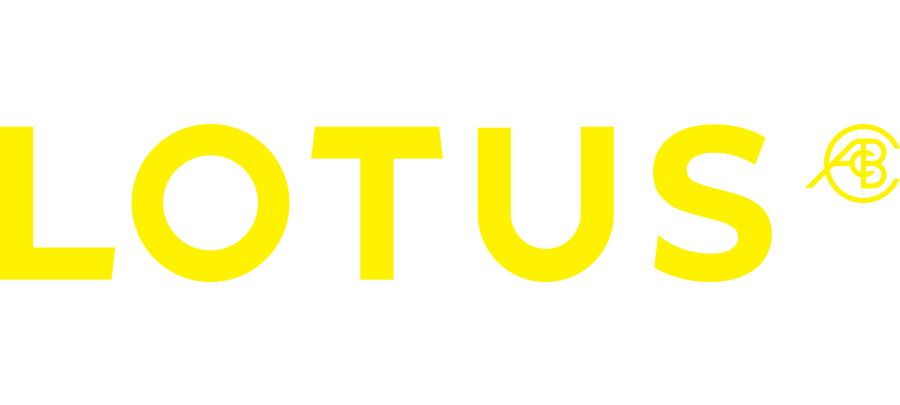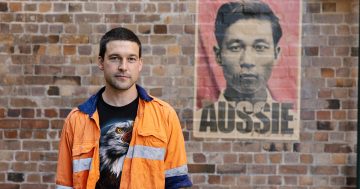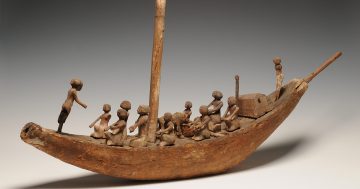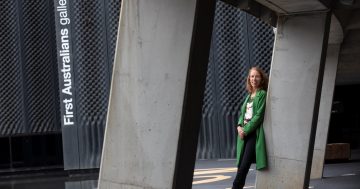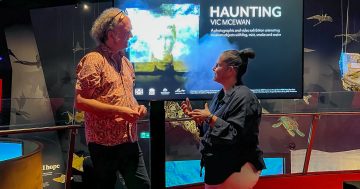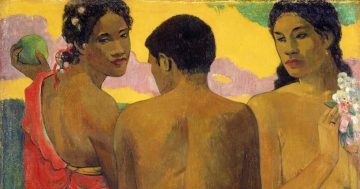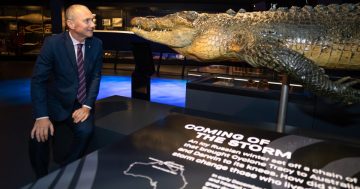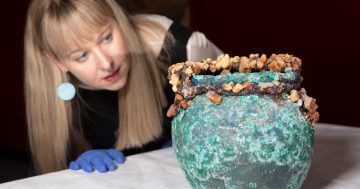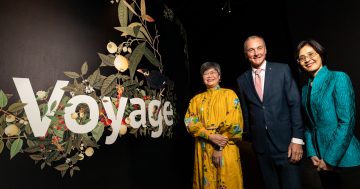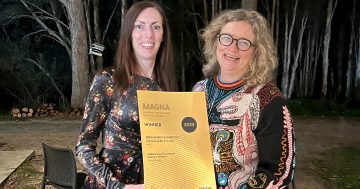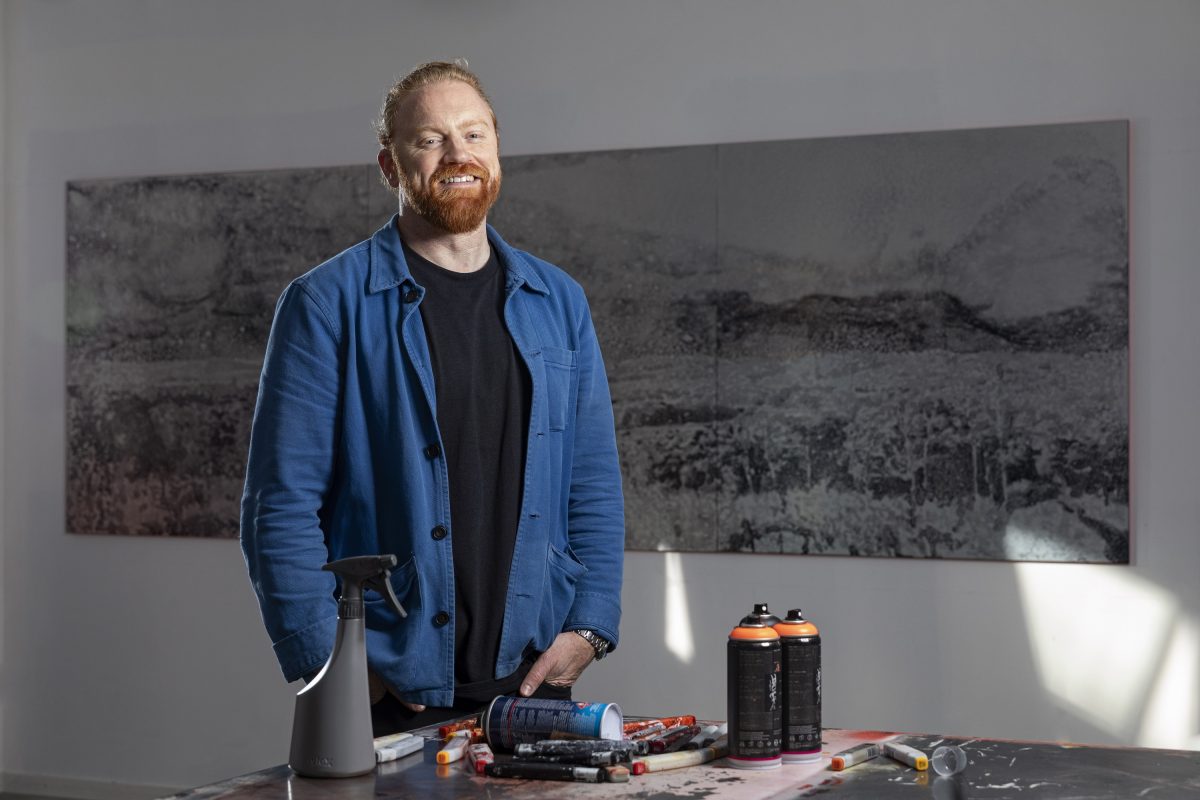
The work of Canberra artist Alexander Boynes is showcased in the National Museum of Australia’s new exhibition, Earth Canvas, illustrating the connection between the land and art. Photo: National Museum of Australia.
It was election day 2022. Canberra artist Alexander Boynes was sitting on top of a hill at Millpost Farm, staring down the property towards Weereewa.
He was well aware of where he was: traditional Ngunnawal and Ngambri country, and the task ahead of him as he took in the sustainable, 1200-hectare farm.
Alexander had been approached by Earth Canvas to create an artwork for an upcoming national exhibition at the National Museum of Australia, Canberra, that would travel the country showcasing works by our leading contemporary artists. It would tell stories of the connection between regenerative farming between the Murray and Murrumbidgee rivers in NSW.
Earth Canvas had selected Millpost Farm, home to the Watson family for three decades, because of its beauty and sustainability. And although he didn’t know it beforehand, Alexander knew the property well. He had visited it with friends.
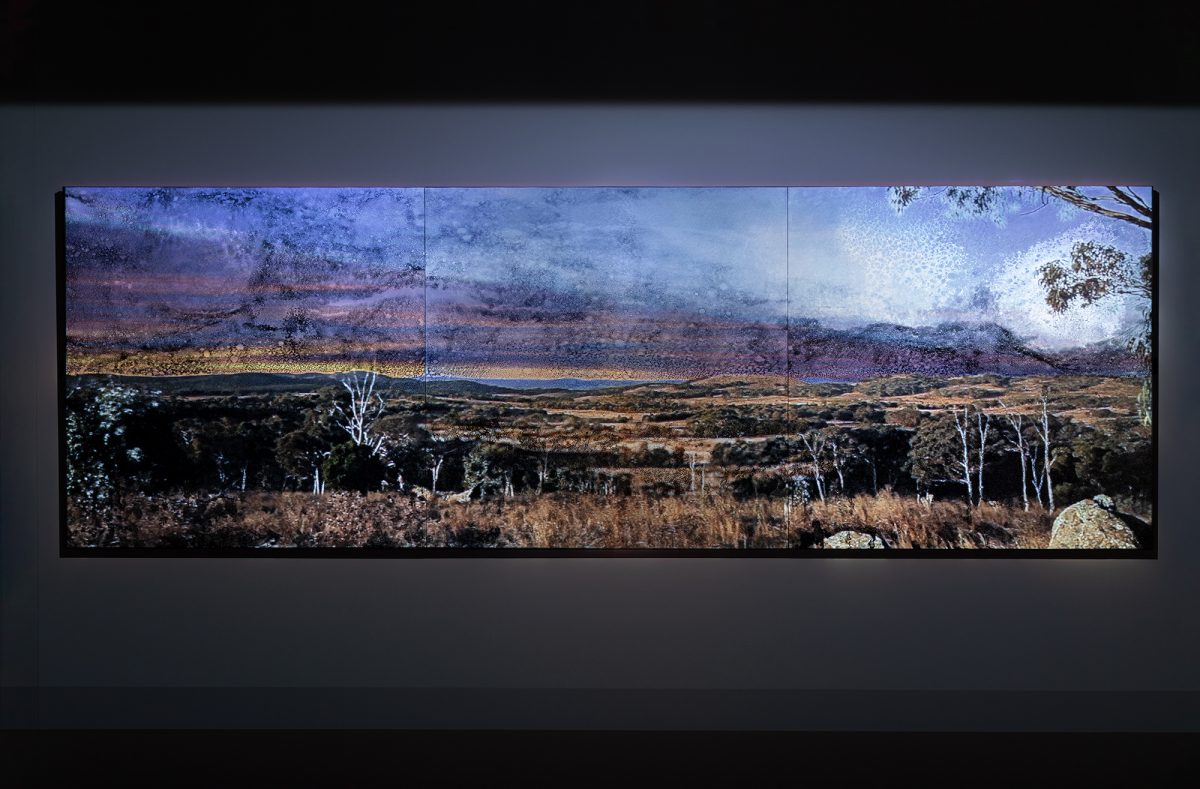
Listening Across Time, 2022, by Alexander Boynes, shows the beauty of Ngunnawal and Ngambri country seen through the eyes of the artist. Photo: National Museum of Australia.
“It was wonderful to go back to Millpost to look at it with fresh eyes,” he said. “I was hyper-aware that I needed to respect the Indigenous history of the site.
“The last thing I wanted to be was the white artist walking on First Nations land with colonial eyes without looking at the Indigenous history.
“I needed to tread carefully and with respect.”
Alexander said he went out to the property on election day, feeling it to be the perfect day for it.
“It seemed that on that day, all the things I cared about were at stake: land management, climate change, the rights of First Nations people – everything I cared about stood to be lost.”
But when he saw the next morning had brought with it a new dawn, it was the most welcome of fresh starts. He wanted to create a work of art that would help illustrate the bond between farmer and artist, the empathy he had for both sides, and the need for both to show respect.
The result is a remarkable work called, Listening Across Time, 2022. It will appear in the exhibition with the works of other leading artists including paintings by Janet Laurence, John Wolseley, Jenny Bell, Jo Davenport, Idris Murphy, prints by Rosalind Atkins and photographs by Tony Nott.
For Alexander, saying yes to such an exhibition was pretty much a given. With his background – his mother, acclaimed artist and teacher Mandy Martin, and father Robert Boynes, former head of the Canberra School of Art – Alexander’s passion for the arts was mapped out probably even before he picked up his first set of coloured pencils.
“I grew up in a household where expressing oneself through the creative arts was second nature,” he said. “I did try to buck the trend early on, by signing up for gold and silversmith work, but now that just looks like a typo on my CV.”
Alexander said his work these days was emotionally or socially charged.
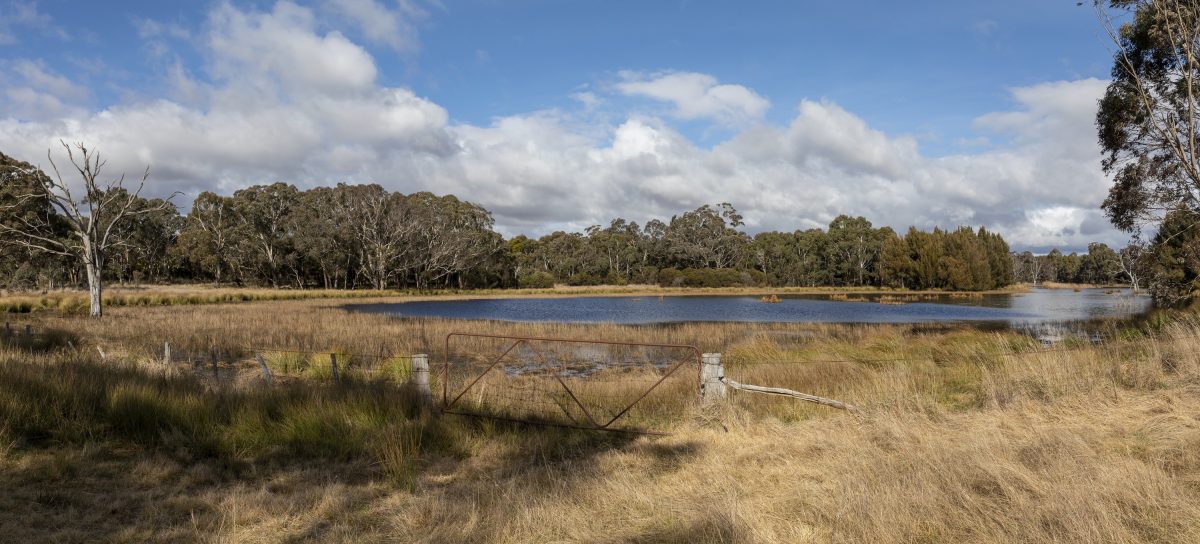
Millpost Farm, located high in the hills between Queanbeyan and Bungendore, on Ngunnawal and Ngambri country. Photo: National Museum of Australia.
“My mother was my biggest inspiration,” he said of Mandy, who passed away in July last year.
“This is why I do what I do.”
Director of the National Museum of Australia, Dr Mathew Trinca, acknowledged the role art played in tackling important issues.
“Art is a great way of exploring how regenerative farming can play a role in addressing the contemporary climate challenges facing the country,” he said.
Gill Sanbrook from Earth Canvas said the artists and farmers involved in the project wanted to share their combined experience of artworks and farm life through the exhibition.
“By taking time out to think about, look at and feel the landscape, we can all develop a better appreciation of our food and the agricultural processes behind it,” she said.
A number of talks are associated with the exhibition. Although most have sold out, some tickets are left for the artists’ talks this Saturday, 27 August. Book here.
Earth Canvas opens on Friday, 26 August and runs until 30 October, 2022 at the National Museum of Australia. Entry is free.
